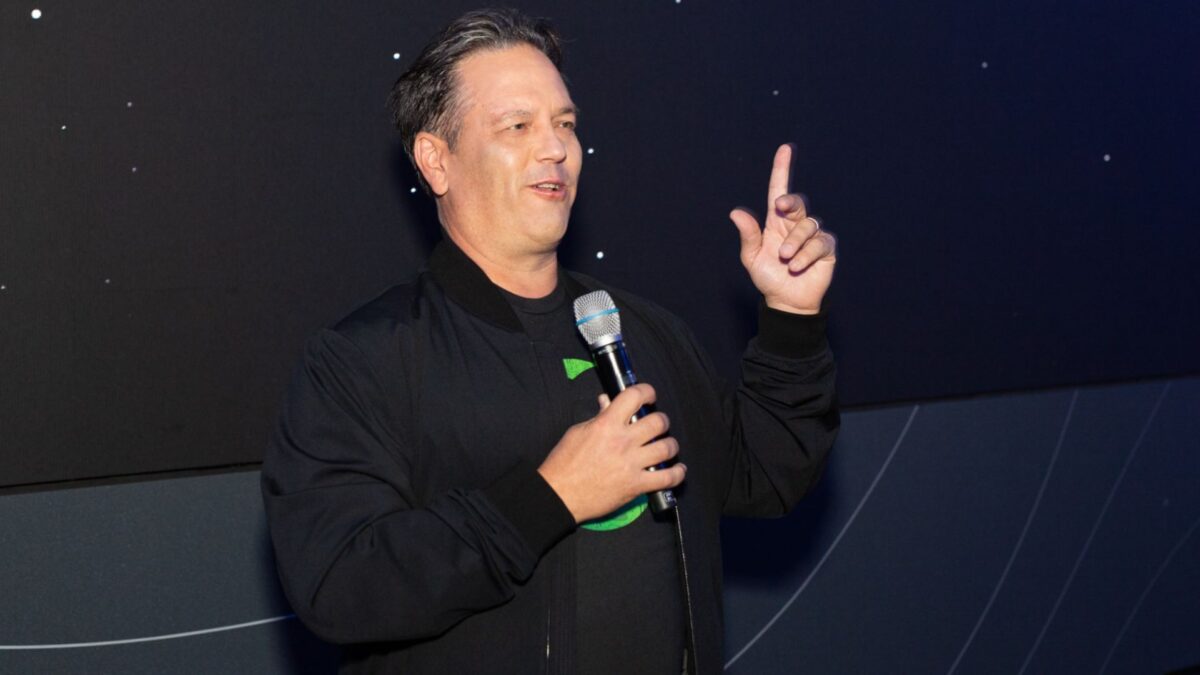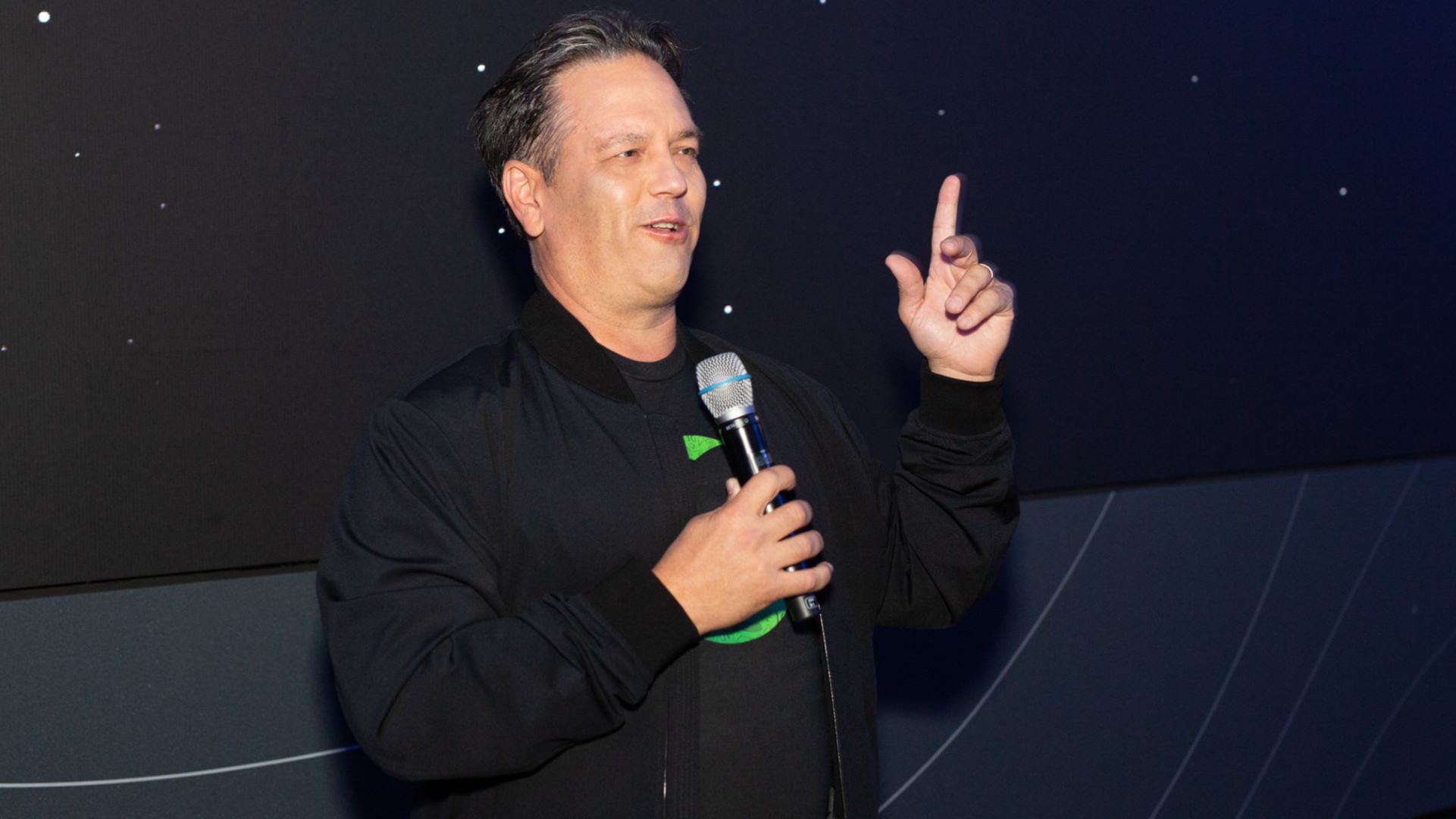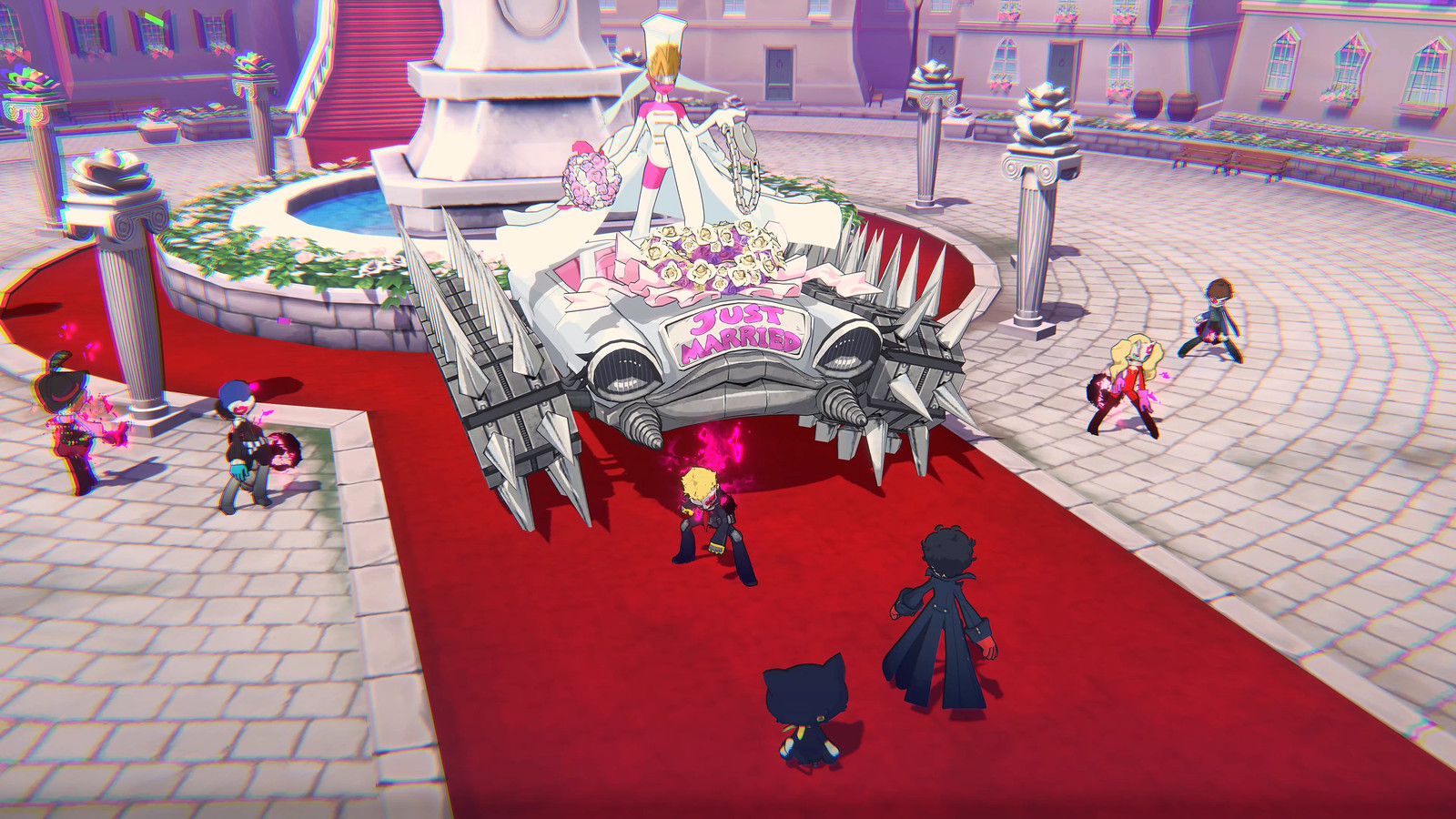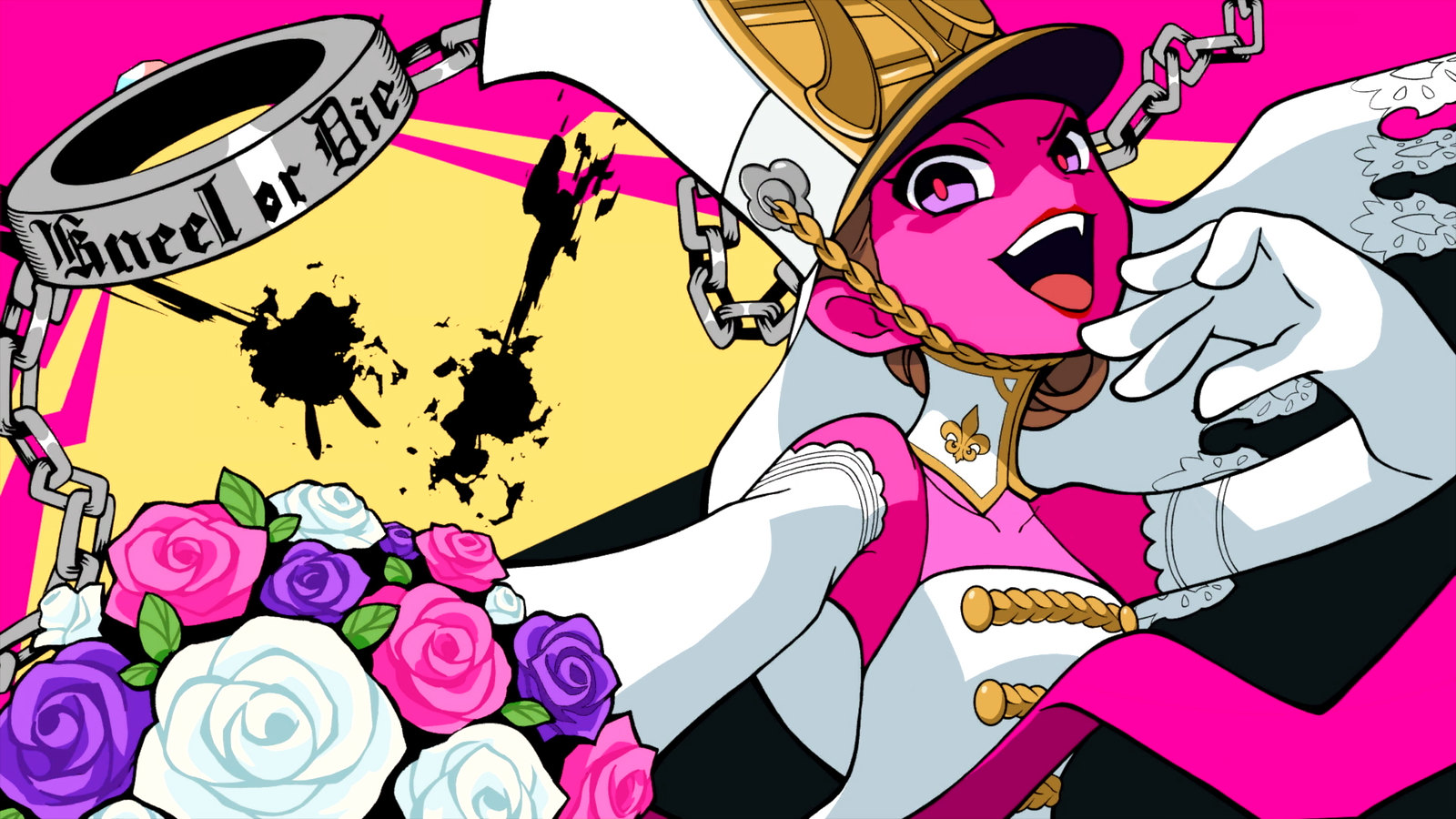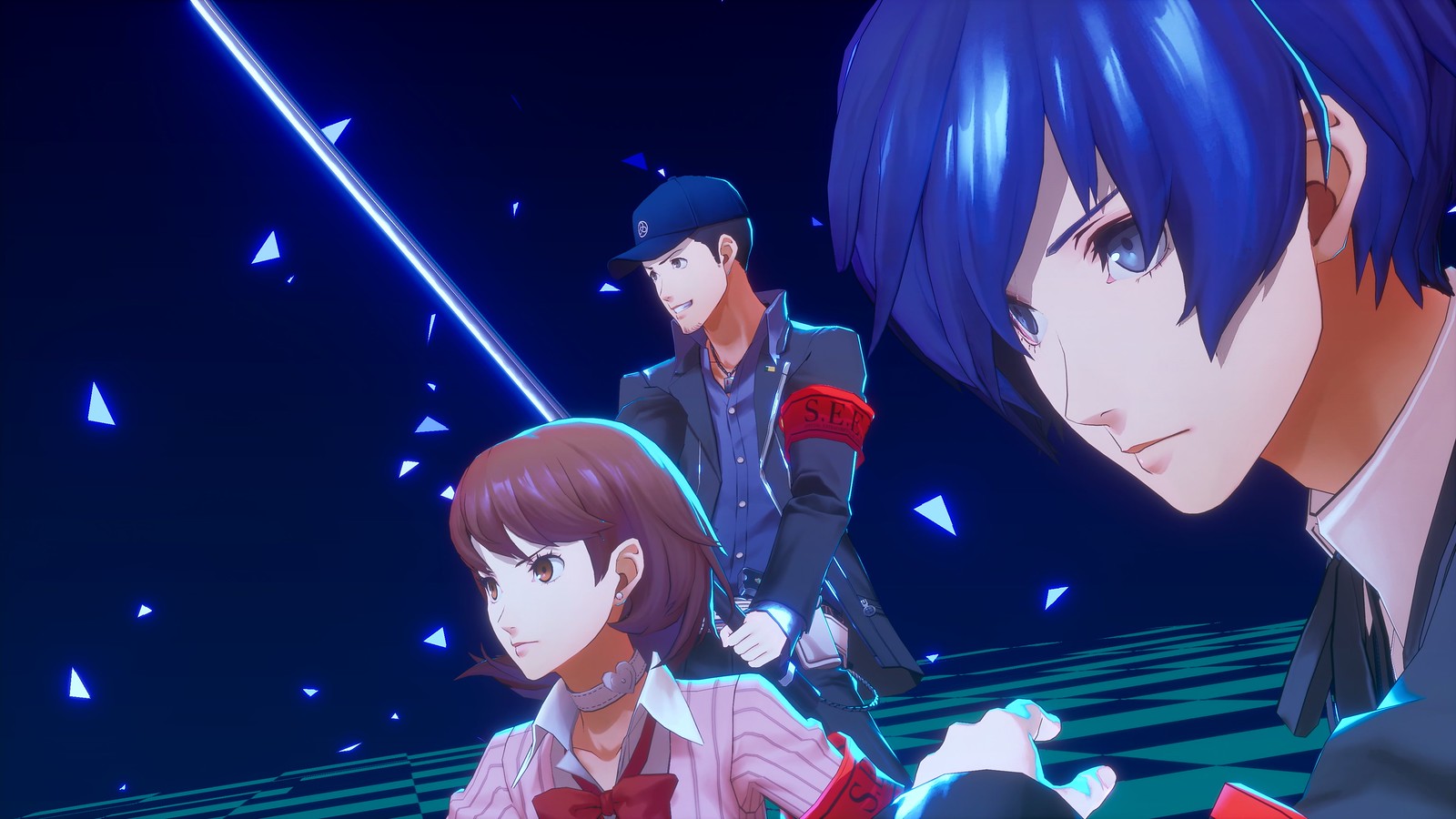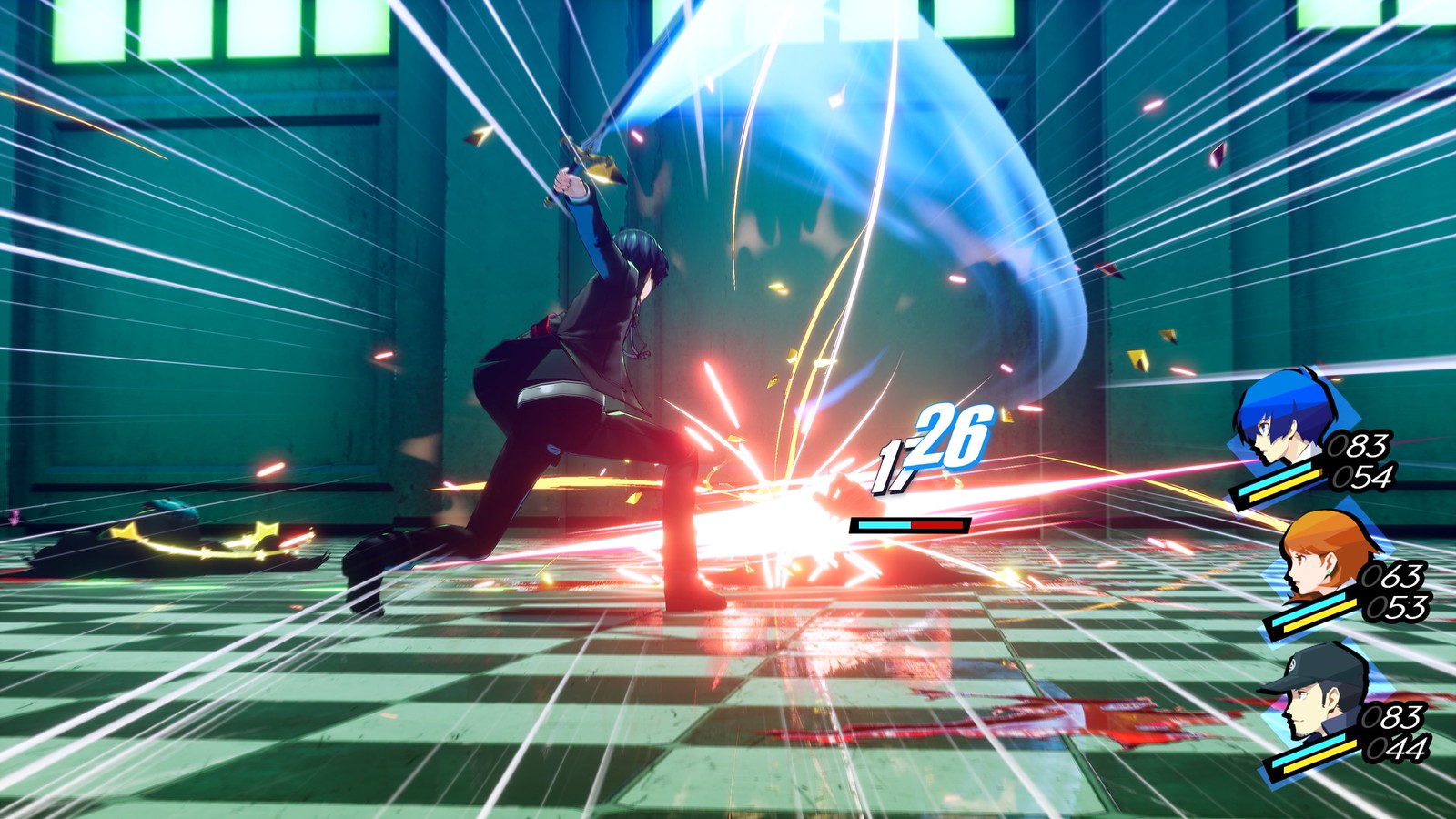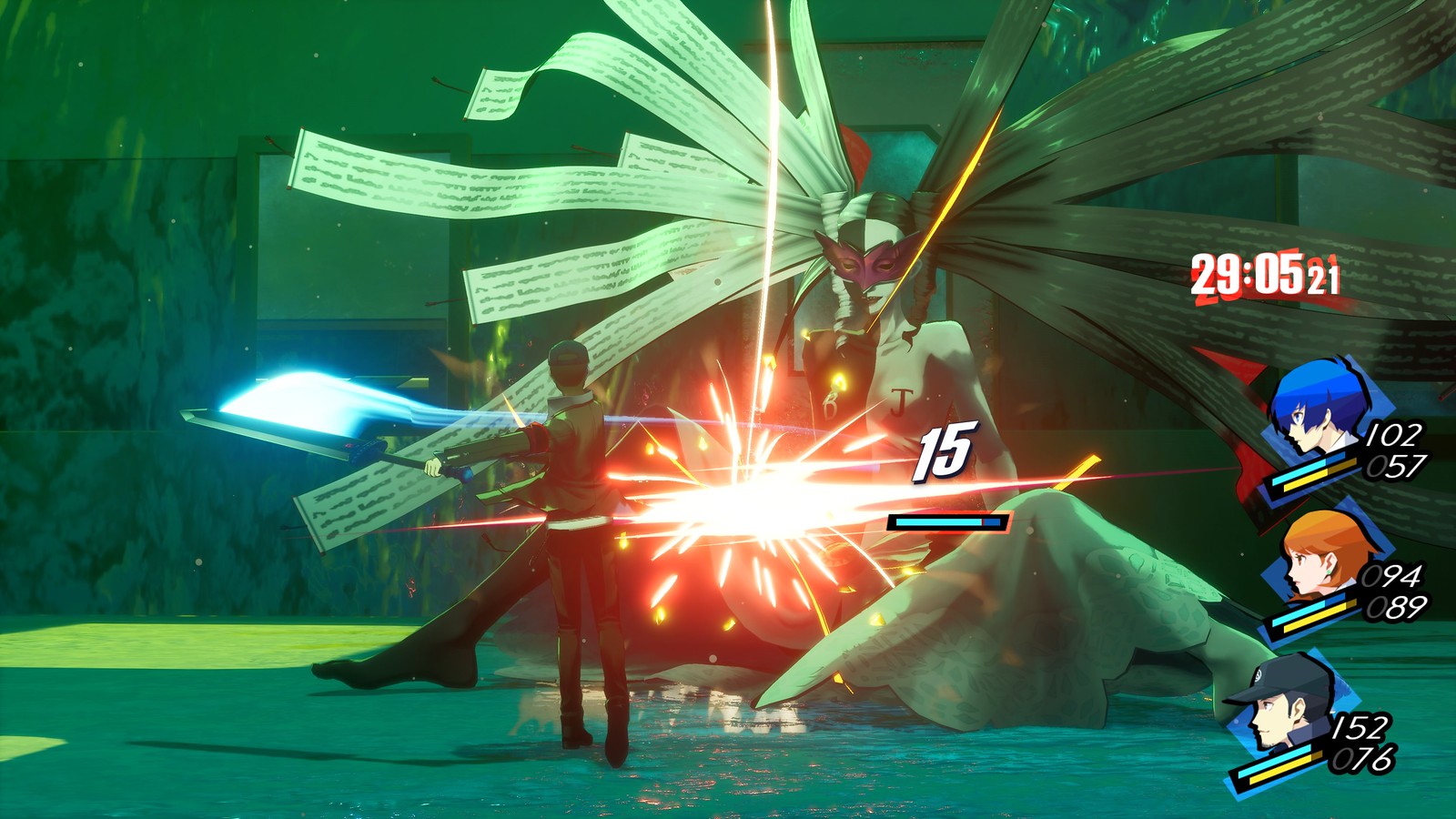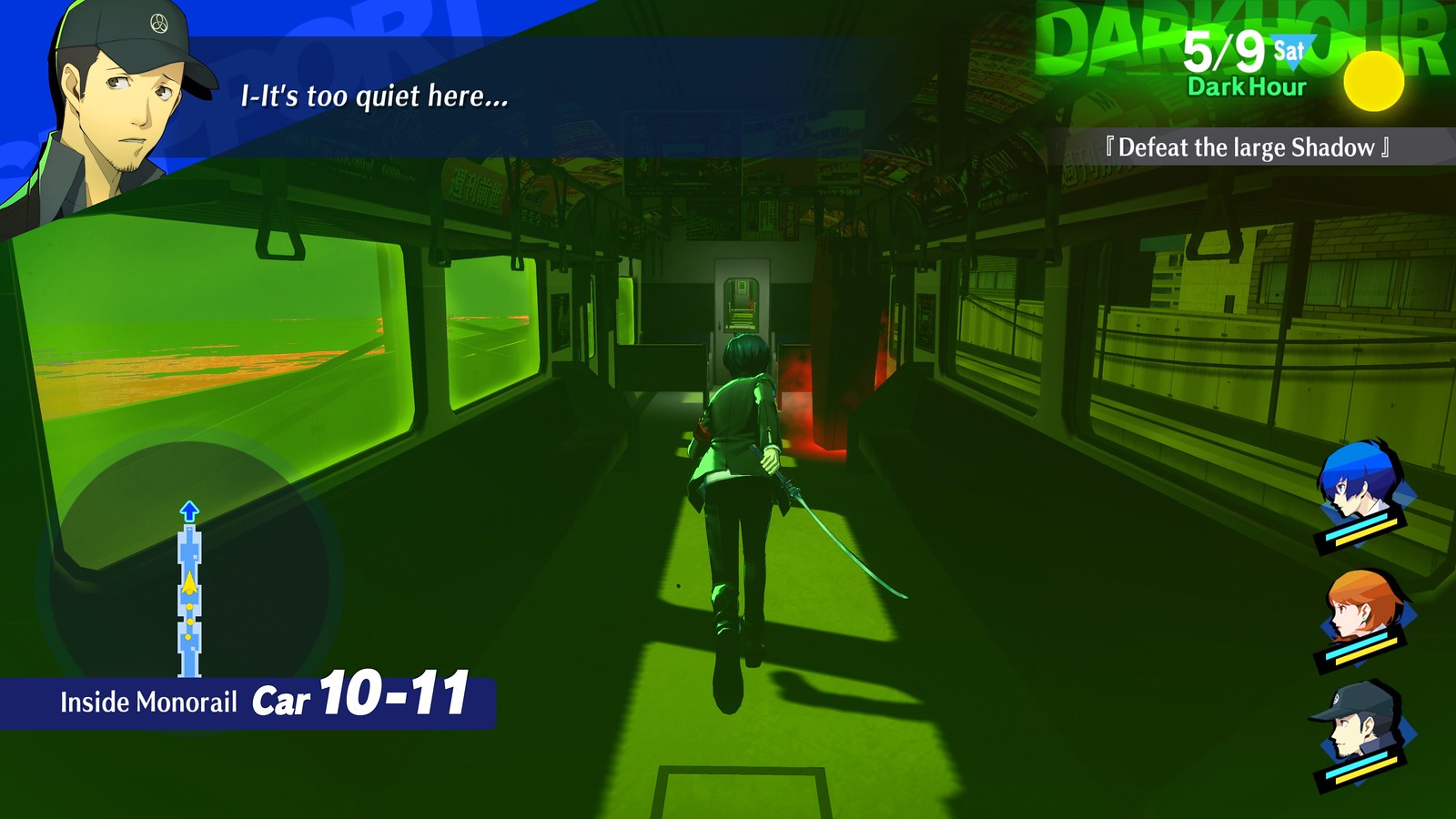At Gamescom 2023, we were able to sit down with Netherrealm Studios’ story and voiceover director Dominic Cianciolo. During our interview, we asked Cianciolo a ton of questions about Mortal Kombat 1, specifically the lore side of things.
As previously confirmed by the developer, the upcoming installment in this popular fighting game franchise serves as a soft reboot for the series.
Read on for our full Gamescom interview with NetherRealm Studios’ Dominic Cianciolo below, then check out our final preview and our separate conversation with director Ed Boon.
IGN: So I guess the first thing that I wanted to talk about was, was it always in the cards and the plan to do this grand reset of the timeline as far back as Mortal Kombat 11 and then Aftermath? Because I remember I watched the ending of Aftermath and I actually took it as, oh, we’re going back to the era of Great Kung Lao and we’re going to tell that story. Was it always in the cards for this?
Dominic Cianciolo, Story and Voiceover Director: I think when Ed chose the direction for Mortal Kombat 11’s story with the various pitches that we gave him, and we sort of ended up with this chronica and the time reset, I think we all knew at that point there was going to be a reboot in the cards. The exact nature of that reboot was not determined at that time. That was kind of later. As we went into Aftermath and we came out that, Ed’s and I had ideas like, you know what? We’ve been doing this same story or same vein of stories for the last 30 years. We’re just in this anniversary. We’ve got this chance to start fresh, let’s see what we can do and how to change it. And from there it became a discussion of what kind of a reboot did he want?
And so there was this discussion of, okay, is it a really crazy reboot? Is it the Kelvin timeline reboot, where it’s like, it’s kind of a reboot, but it’s not? And finding that level of just how much we wanted to change and how different we wanted to make it. And then as we developed the story for this, it was the process of teasing that out and figuring out what stories we wanted to play with and then what stories needed to stay more close to what we know as we went through it.
As someone who’s been part of creating Mortal Kombat’s story for so long, can you talk a little bit about what it’s been like to almost have this blank canvas to paint on and create this new timeline for Mortal Kombat?
DC: It was a lot of fun to work on this and to reboot it in this way because it allowed us to do a lot of the things that we kind of wanted to do in the past, but really couldn’t squeeze in and make sense with what we were handed, with what the narrative had grown. There were ideas from the very early days of Mortal Kombat that were thought about and discarded well before I got here, and so we’re able to implement some of those things and make those work. We were able to pay off a lot of the what ifs that are in the various latter endings that have come, that are what’s can and what’s not. We’re able to pluck some of those ideas and weave them into the narrative.
I think the other benefit that it gives us is because we are sort of starting fresh, we have a much bigger canvas than we can paint on because we’re doing full on stories now as opposed to only having the bios and endings, which had to do all this storytelling in these little tiny amounts. And because of that, we could do something that was… Everything was able to tie together in a more cohesive way just because we now have bigger budgets, better tools, and we can be more cinematic in presentation and how we bring things to it.
I think one of the more talked about, and not so much controversial, but definitely more talked about changes is the identity of Scorpion and it now being quietly aimed; Can you talk a little bit about why you decided to make that change?
DC: A couple of reasons. One is we were looking at, okay, how do we refresh this relationship that everybody knows? And how do we amp up the drama between the two characters? And so the notion of Scorpion and Sub-Zero being brothers, which I think go way back in the day, that was somebody, even [co-reactor John Tobias]… it was his ideas early on, it was a way sort of wrapping up the tension. And the sort decision of do we continue with Hanzo and make it a blood brother or an adopted brother or blood brother Kuai Liang? There were opportunities that are presented in having it be Bi-Han and Kuai Liang as Scorpion, and something wouldn’t be available to us if it was the same traditional place. We wouldn’t be big enough of a change if it was the guy that we knew.
I think something that people have to keep in mind as we’re playing through this story is that this reboot is different than the 9 reboot in that the Mortal Kombat 9 reboot was sort of speed run through the story of the first three games. This Mortal Kombat 1 is the jumping off point for a whole new universe. I’m seeing fan reaction to things and that kind of stuff, they’re expecting people to sort of complete their arcs in this one story. No, we’re just getting started with stuff. So there are going to be people maybe on their way to certain places that people are familiar with, but they’re not necessarily going to get there in this point because we’re just getting started.
Speaking of Scorpion, I know you probably can’t tell me, but I have to ask, what’s going on with Hanzo?
DC: Spoilers.
Can’t say anything?
DC: Can’t say.
You talked a little bit about the refresh relationship of Sub-Zero and Scorpion. What are some other relationships that you’re really proud of the new dynamic of in the story of Mortal Kombat 1?
DC: Oh, sure. A lot of relationships have been reset, of course. Kitana Mileena relationship obviously had been completely rethought because we actually had them being sisters in this go round, with one with the disease. We sort of flipped the power dynamic between the two of them, so that Mileena’s going to be the one that’s in charge; Kitana is her loyal friend and help her with that. So I think it opens up avenues for that that we haven’t been able to see before. Certainly humanizes Mileena in a way that she hasn’t been able to be because of the nature of the character in the past. This new relationship between the human Raiden and Kung Lao is a lot of fun and how they deal with it. It has shades of the Liu Kang Kung Lao relationship that we know, but it’s not quite the same. So that’s pretty cool. Let’s see.
The other characters haven’t been announced yet. I can’t talk about it, but pretty much every set of relationships has been reframed in a way that we haven’t seen before. As we’re going through it, there are going to be a lot of surprises because things just aren’t going to go the way that you expect if you’re thinking only about sort of what MK has been. We’re taking a lot of new directions.
Talk to me a little bit about Liu Kang, because this is obviously the figurehead of Mortal Kombat’s story for a very long time, the hero, and now he’s kind of in this position where he is got godly power and he’s creating this whole timeline on his own. What’s it like writing that character that has this history, but also this new kind of role that he’s playing in the story?
DC: Well, Liu Kang was really an interesting challenge because obviously he was immortal before he becomes a god. He has this power and he’s dealing with the responsibility of having this power, and what is he going to do with that power? And so what we see in him is a character that is not struggling under the weight of it, but trying to do his best and trying to execute things in a humble way. He’s approaching it in a very Liu Kang way, which is, “I’ve got this power, it’s not going to go to my head. I have to wield this responsibly.” If you’re going to give anybody godly power, you want it to be Liu Kang, because then he’s going to be mature about it peacefully.
This Mortal Kombat 1 is the jumping off point for a whole new universe
And then again, going back to those relationships, Liu Kang obviously has a relationship kind of with all these characters, especially with Kitana. How does that relationship between him and Kitana play out in Mortal Kombat 1?
DC: Let’s see. You see the first chapter, not many folks are aware of Liu Kang. There are layers that are going to be revealed as we get into the story, and I think we pay off the Liu Kang and Kitana relationship in a way that people may not expect. But I think it’s really satisfying based on all the other stories that have come before.
One notable omission that I’ve seen so far in the playable roster has been the Special Forces characters. Jax and Sonya. Do they have a role in the new universe for Mortal Kombat 1?
DC: Well, obviously we’ve got Jax and Sonya as Kameo Characters. I mean, Laura Wise… I can’t speculate on what you haven’t seen already. I know some people are worried in this new universe that, oh my gosh, these characters no longer exist. They’re gone forever. It’s totally not the case. Whether they appear in this game or in future games, obviously that’s TBD, depending on where the studio wants to go and everyone wants to do, but they’re around. And as you play through, you sort of see where they are and where they’re coming from.
Mortal Kombat 1 has kind of been a return to the 3D era of Mortal Kombat. Can you talk a little bit about what it’s been like revisiting characters Li Mei, like Ashrah, like Havik and all those other characters that are coming back for the first time in a very long time?
DC: It is funny because when we were first talking about including them, or Ed was talking about including the roster way back when, I was like, okay, we have these pebble back and, well, for a whole legion of MK fans, they’re basically the characters. People just jumped in as in MK 9, aren’t familiar with the earlier games. They’re going to be totally new. It’s like, okay, how do we take these characters and make them 21st century versions of themselves? And so with Li Mei and sort of adding this role that she has as this first constable, it’s taking as she was the protector of her village before. It’s just taking that role and then integrating it more into how Outworld is developed.
I mean, what you’ll see as you play into the story is that one of the benefits of this big canvas that we have is that we can really flesh out what is Outworld’s structure, what are the layers, what groups are there, that kind of thing, and build that out. I think that helps a lot with her. And then with Havik, it’s a slightly different take on him, but it’s a mashup of other sort of chaos realm elements we’ve seen before, which I think is cool. And obviously the gameplay, it is horrific and beautiful at the same time. I am just really impressed with what the designers have been able to do with him to take what… If you look back the old stuff, it’s a different version of it. It’s really just leaning into all the best elements of what he has and making it work for these new concepts.

